As of April 27, the total outstanding credit balance of the entire economy reached about VND12.28 trillion. Of which, outstanding loans in the Southeast region accounted for nearly 35% of the total outstanding loans of the credit institution system nationwide.
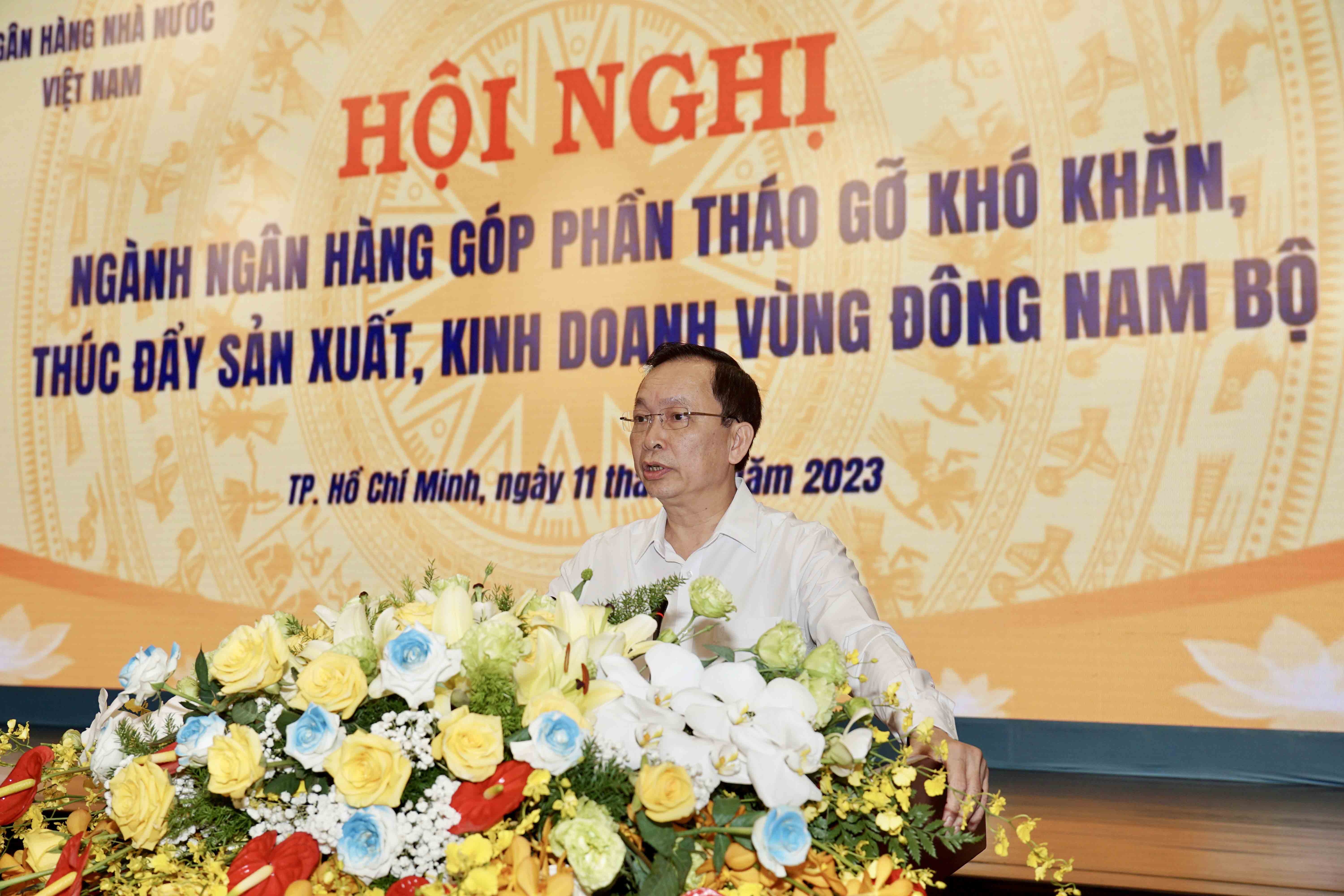 |
At the Banking Industry Conference to help remove difficulties and promote production and business in the Southeast region, held on May 11 in Ho Chi Minh City, Permanent Deputy Governor of the State Bank of Vietnam Dao Minh Tu said that as of April 27, the total capital mobilization of credit institutions reached about 12.4 million billion VND; total outstanding credit of the whole economy reached about 12.28 million billion VND, an increase of 3.04% compared to the end of 2022 and an increase of 9.92% compared to the same period last year.
In the Southeast region alone, by the end of the first quarter of 2023, the total capital mobilization of the credit institution system reached over 4.1 million billion VND, accounting for about 1/3 of the national mobilization; total outstanding credit reached nearly 4.3 million billion VND, accounting for nearly 35% of the national outstanding debt, an increase of 1.72% compared to the end of 2022.
Regarding the credit structure by economic sector, the Deputy Governor said that outstanding loans in the agriculture, forestry and fishery sector reached over VND900,000 billion (accounting for 7.4%), industry and construction reached nearly VND3.2 million billion (accounting for 26%), and services reached about VND8.2 million billion (accounting for 66.6%). In the Southeast region, outstanding loans in the agriculture, forestry and fishery sector reached over VND135,000 billion (accounting for 3.2% of outstanding loans in the region), industry and construction reached nearly VND1.1 million billion (accounting for 26%), and services reached about VND2.96 million billion (accounting for 70.8%).
According to the Deputy Governor, since the beginning of the year, the banking sector has implemented many solutions to help resolve difficulties and support the real estate market, such as directing credit institutions to continue to allocate credit capital to real estate projects that meet legal conditions, have the ability to consume products, and ensure debt repayment plans; implementing a credit program of VND 120,000 billion at 4 state-owned commercial banks for investors and home buyers of social housing projects, worker housing projects, projects to renovate and rebuild old apartments, with lending interest rates 1.5-2% lower than the average lending interest rates of banks in the market.
By March 31, 2023, outstanding real estate credit reached about VND 2.67 million billion, an increase of 3.51% compared to the end of 2022. Of which, outstanding real estate debt in the Southeast region was nearly VND 1.1 million billion, accounting for 41.12% of total outstanding real estate credit nationwide.
In recent months, the banking system has also focused capital on transport infrastructure projects to create the premise and driving force to promote economic development. Specifically, by the end of March 2023, the total outstanding credit balance for BOT and BT transport projects nationwide was VND92,015 billion.
Of which, credit institutions provided credit for 20 BOT and BT transport projects in the Southeast region with a total credit limit of nearly VND 19,000 billion, and a total outstanding credit balance of over VND 7,000 billion.
Affirming the active supporting role of the banking sector in removing difficulties and promoting production and business for enterprises and people of Ho Chi Minh City in particular and the Southeast region in general, Mr. Phan Van Mai, Chairman of the Ho Chi Minh City People's Committee expressed his gratitude to the State Bank and the commercial banking system for working together to solve the difficulties of the regional economy in the recent past.
To continue to better support the economic recovery of Ho Chi Minh City and the Southeast provinces, Mr. Mai recommended that the State Bank continue to flexibly manage monetary policy, focus credit on priority areas and manage interest rates in a way that creates maximum conditions to gradually reduce lending interest rates.
Regarding credit capital, Mr. Mai suggested that the banking system promote working capital loans to support short-term payments while extending the support period for businesses, increasing the proportion of unsecured loans so that businesses can access new loans more easily. In addition, it is also necessary to continue diversifying consumer credit. In particular, promoting support for workers, students, and disadvantaged people in accessing loans from formal credit institutions, limiting and pushing back black credit.
As for Ho Chi Minh City, Mr. Mai suggested that the State Bank and the banking system continue to help develop the existing financial center and build an international financial center in the coming years.
Source link


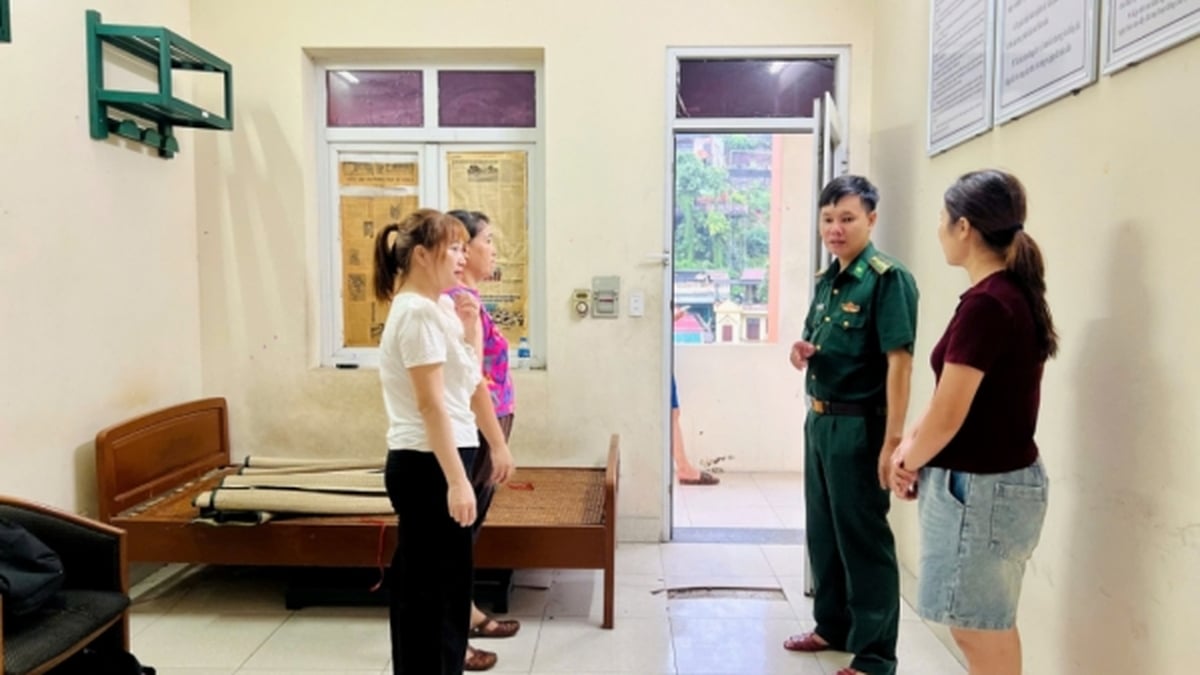
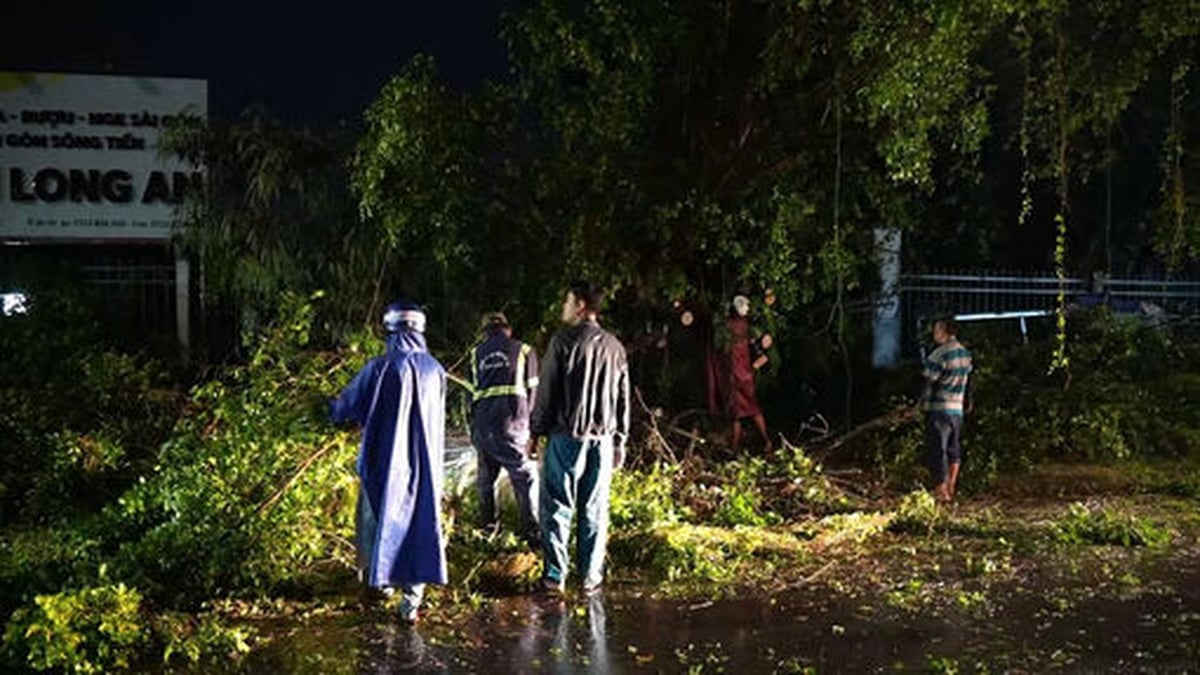
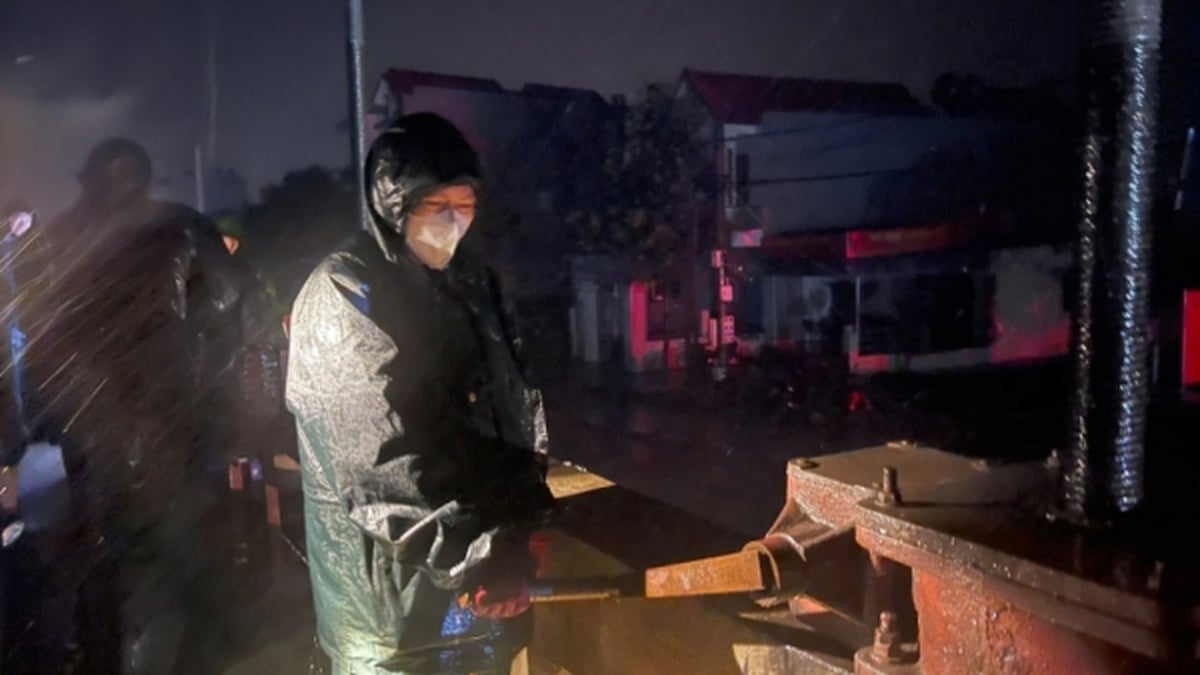

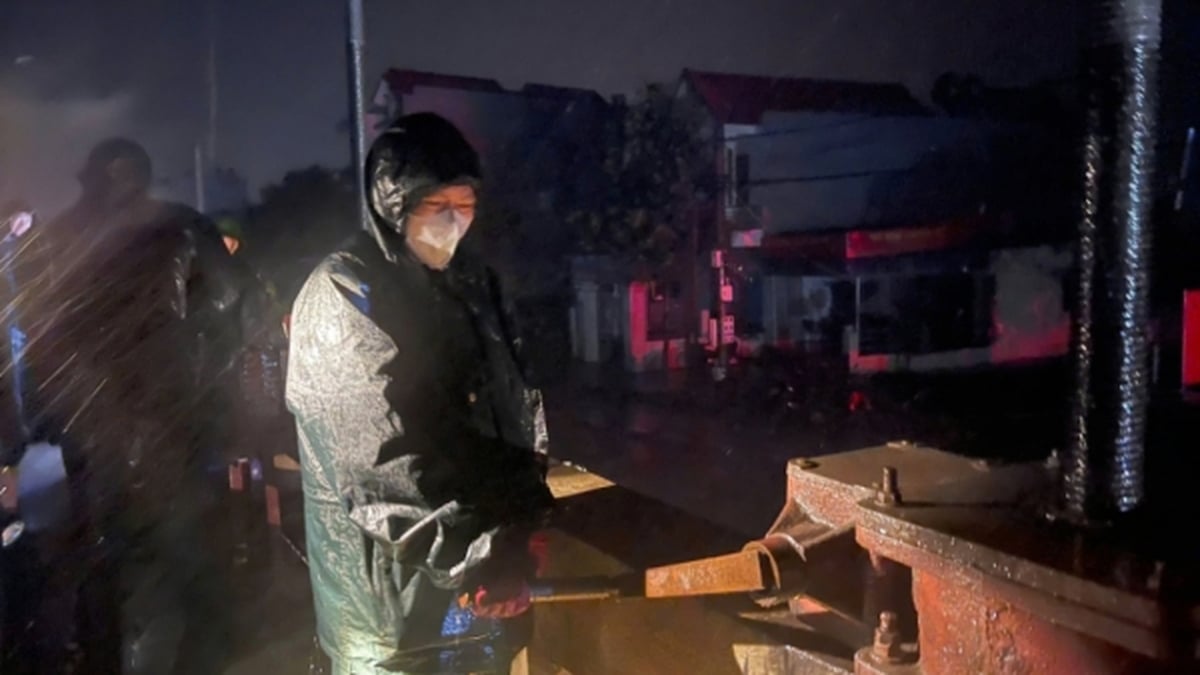
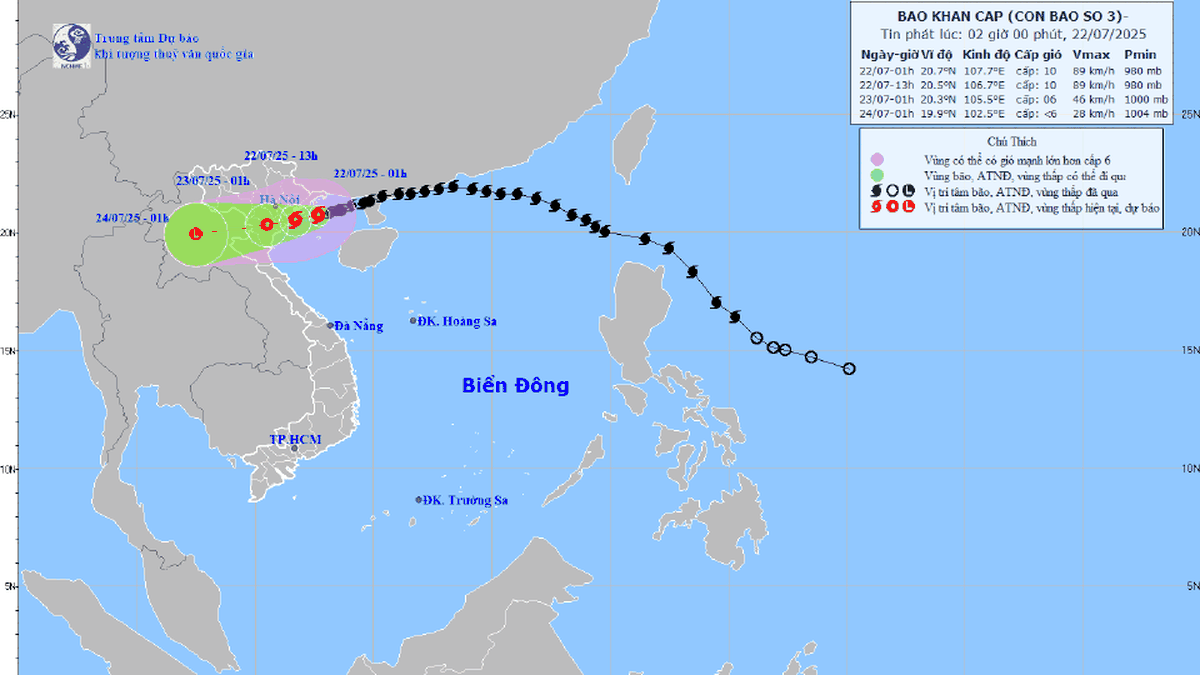



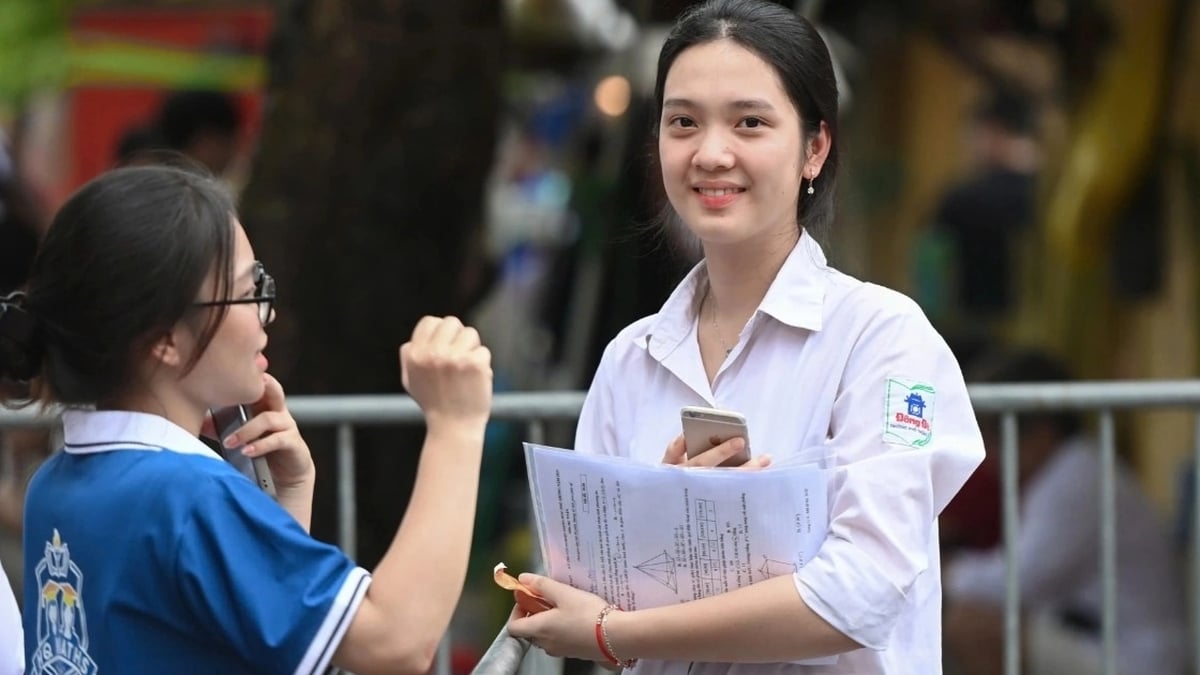












![[Photo] National Assembly Chairman Tran Thanh Man visits Vietnamese Heroic Mother Ta Thi Tran](https://vphoto.vietnam.vn/thumb/1200x675/vietnam/resource/IMAGE/2025/7/20/765c0bd057dd44ad83ab89fe0255b783)













































































Comment (0)